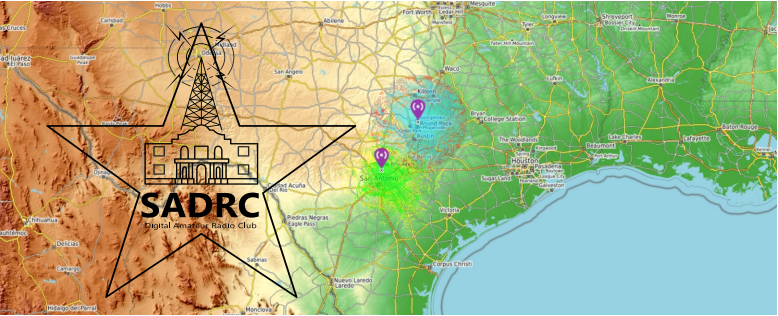Wires-X & System Fusion
Tips & Tricks Related to Wires-X and Yaesu System Fusion II
Yes, but only with very few Yaesu radios. As of January, 2020, the only radios that can store DG-ID in a memory are FT-3D, FTM-3200, FTM-3207, and FTM-7250. Sorry. The more popular radios like the FTM-400, FTM-100, FT-70D, FT-1, FT-2D do not have the capability. Apparently, complaining to Yaesu about it has not been effective yet. If you know of another Yaesu radio that has this capability, let us know